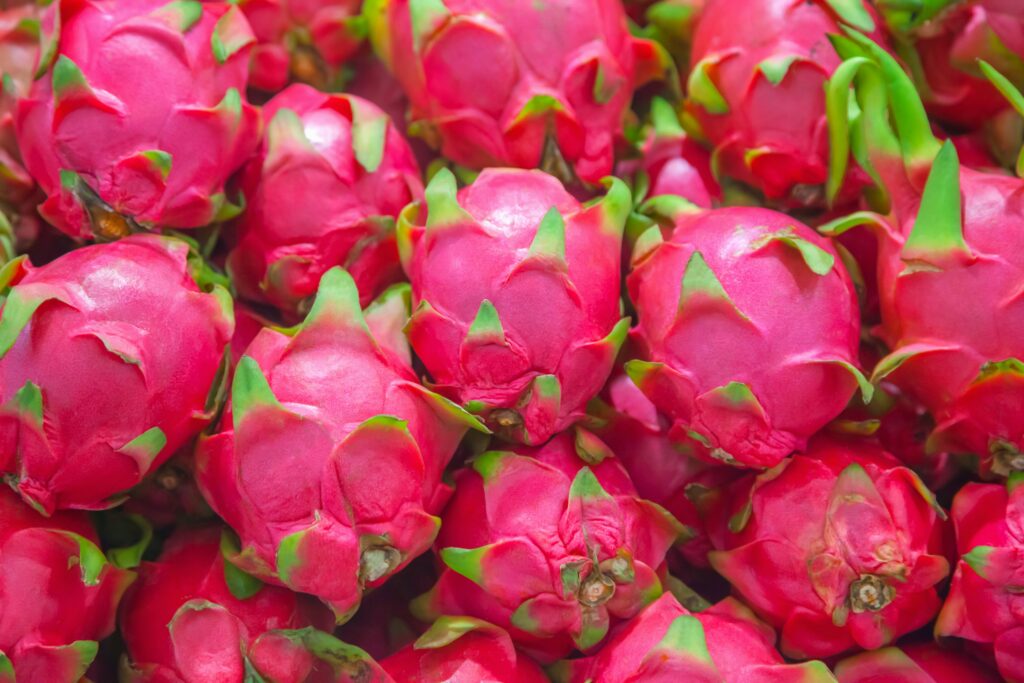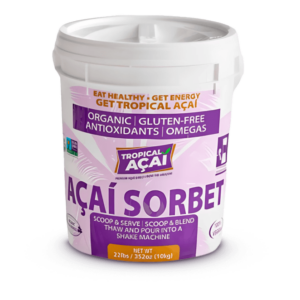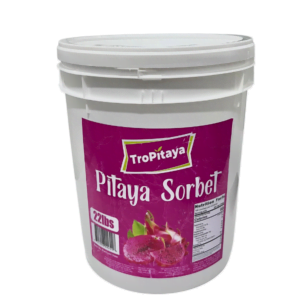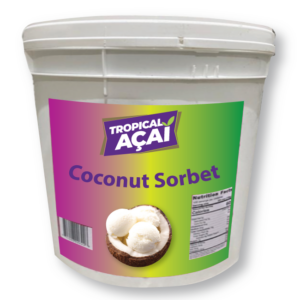Unveiling the Exotic Fruit: What is Pitaya?
Discovering What is Pitaya: Its Origin and History
What is pitaya? Also known as dragon fruit, pitaya is a tropical fruit from Central and South America. This exotic fruit, part of the cactus family, boasts a unique appearance and an array of health benefits. Pitaya has a rich history dating back to ancient Aztec and Maya civilizations, where it was prized for its sweet taste and medicinal properties.
Known for its sweet, mildly earthy taste and vibrant colors, pitaya is a globally cherished fruit, not just a Central American treasure. Its unique flavor and aesthetic make it a favorite in many cultures.
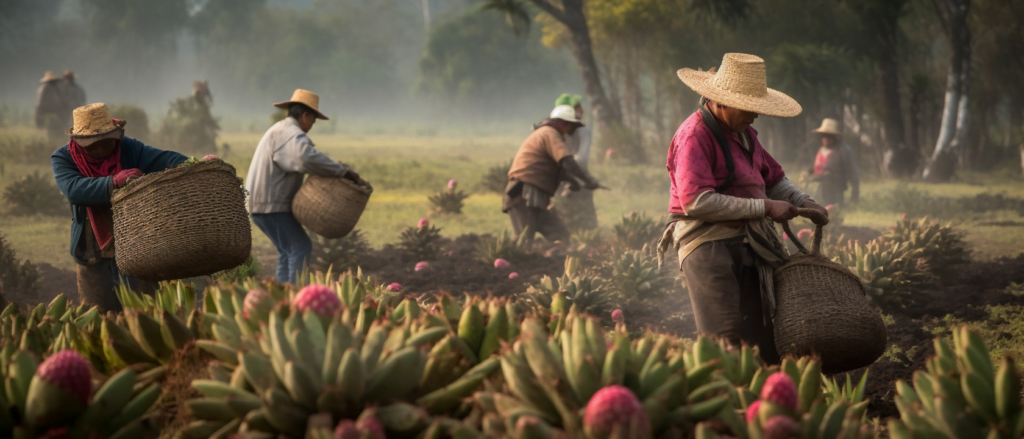
Derived from the Spanish word “pitahaya,” which translates to “scaly fruit,” pitaya captivates with its vibrant colors and scaly skin. Over time, it has become a symbol of vitality and abundance in many cultures. Today, pitaya is cultivated worldwide in Southeast Asia, Australia, and the United States, thriving in tropical and subtropical climates.
Why Understanding What is Pitaya Matters Today
In recent years, pitaya has gained global recognition as a superfruit due to its exceptional nutritional profile and potential health benefits. With a growing interest in health and wellness, consumers seek natural food sources with high nutrient content, and pitaya fits the bill perfectly.
Understanding pitaya’s benefits can help individuals make informed diet and lifestyle choices. By incorporating pitaya into their daily meals, consumers can enjoy delicious and nutritious fruit that can improve their overall well-being.
Understanding Pitaya: Dragon Fruit Varieties and Characteristics
What is White-Fleshed Pitaya: The Sweetest of Them All
What is white-fleshed pitaya? Also known as Hylocereus undatus, this variety of dragon fruit is the most common type of pitaya. It features vibrant pink or red skin with green scales and delicate white flesh dotted with tiny black seeds. The white-fleshed pitaya offers a mildly sweet taste and a soft, slightly crunchy texture.
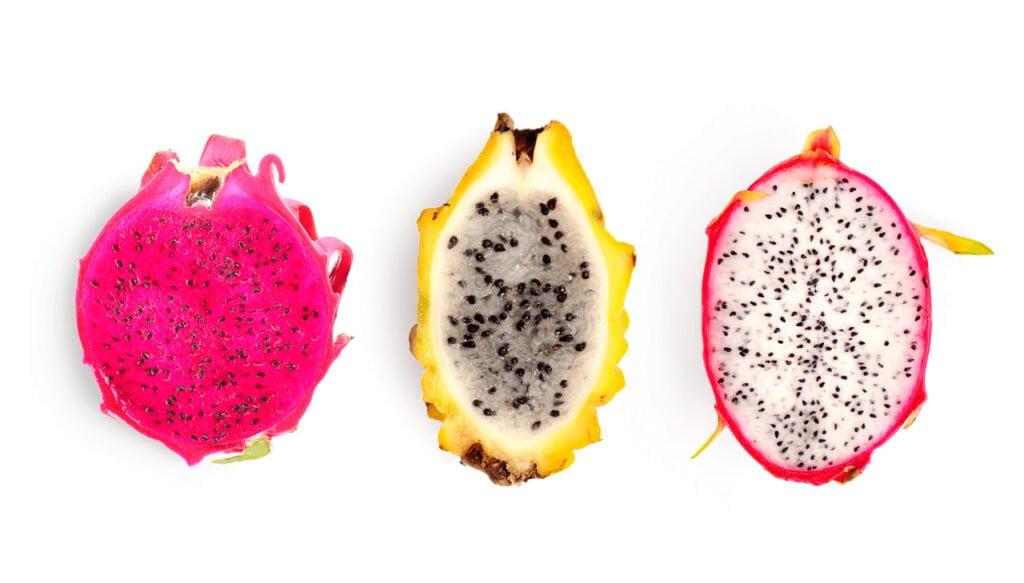
White-fleshed pitaya is rich in vitamins and minerals and provides essential nutrients like vitamins C, B, and calcium. It’s also an excellent source of dietary fiber, which supports digestive health. Incorporating white-fleshed pitaya into your diet can offer various health benefits and add a touch of tropical flair to your meals.
What is Red-Fleshed Pitaya? Rich in Flavor and Antioxidants
What is red-fleshed pitaya? Scientifically known as Hylocereus costaricensis or Hylocereus polyrhizus, red-fleshed pitaya is a variety of dragon fruit with a striking appearance. Its skin is bright red with green scales, while its flesh boasts a deep red color and is dotted with tiny black seeds. In addition, red-fleshed pitaya has a more intense flavor and a slightly firmer texture than its white-fleshed counterpart.
One of the main benefits of red-fleshed pitaya is its high antioxidant content, particularly betalains and anthocyanins. These antioxidants help neutralize free radicals in the body, reducing oxidative stress and potentially preventing chronic diseases. As a result, adding red-fleshed pitaya to your diet can contribute to a healthier lifestyle while delighting your taste buds with its unique flavor.
What is Yellow Pitaya: Unique and Highly Nutritious
What is yellow pitaya? A less common variety of dragon fruit, yellow pitaya, or Selenicereus megalanthus, has a yellow skin covered with small spikes and white flesh with black seeds. Its taste is often described as sweeter and juicier than other pitaya varieties.
Yellow pitaya is a powerhouse of nutrients, including vitamin C, vitamin B, iron, and phosphorus. It’s also high in dietary fiber, making it an excellent choice for supporting digestive health. Incorporating yellow pitaya into your diet can provide essential nutrients and a unique, refreshing taste experience.
Nutritional Benefits: Uncovering What is Pitaya’s Health Promoting Qualities
The Power of Antioxidants: What is Pitaya’s Secret Weapon
What is pitaya’s secret weapon? It’s the power of antioxidants. Antioxidants help protect our cells from damage caused by free radicals, unstable molecules produced by normal body processes, and environmental factors. Free radicals can cause oxidative stress, linked to chronic diseases, aging, and inflammation.
Pitaya is an excellent source of antioxidants, particularly betalains and anthocyanins, responsible for the fruit’s vibrant colors. These antioxidants provide numerous health benefits, such as reducing oxidative stress, supporting immune function, and potentially preventing chronic diseases.
Beyond its eye-catching appearance, pitaya is a powerhouse of nutrition, packed with antioxidants, vitamins C and B, and essential minerals like iron and magnesium. Its high fiber content is excellent for digestion, and its low-calorie profile makes it ideal for health-conscious diets.
Including pitaya in your diet can help you reap the rewards of its antioxidant properties, leading to better health and well-being.
Vitamins and Minerals: Essential Nutrients in Pitaya
What is pitaya’s nutritional profile? Pitaya is packed with essential vitamins and minerals that play crucial roles in maintaining overall health. Some of the critical nutrients found in pitaya include:
- Vitamin C: An immune system booster that aids in iron absorption and collagen production.
- Vitamin B: A group of vitamins that supports energy production, brain function, and red blood cell formation.
- Calcium: A vital mineral for healthy bones and teeth, nerve function, and muscle contraction.
- Iron: An essential element for oxygen transport in the blood and proper cellular function.
Adding pitaya to your daily meals can help you get the nutrients your body needs to function at its best.
Dietary Fiber: How Pitaya Supports Digestive Health
What is pitaya’s role in digestive health? Pitaya is an excellent nutritional fiber source for maintaining healthy digestion and preventing constipation. Consuming a fiber-rich diet can also help reduce the risk of developing various digestive disorders, such as irritable bowel syndrome and diverticular disease.
In addition to its digestive benefits, fiber can aid in weight management by promoting a feeling of fullness and regulating blood sugar levels. Therefore, incorporating pitaya into your diet can help you achieve optimal digestive health and support your weight management goals.
The Versatility of Pitaya: Recipes and Uses in the Kitchen
Smoothie Delight: What is Pitaya’s Role in Healthy Drinks
What is pitaya’s role in smoothies? With its vibrant color, unique flavor, and impressive nutrient profile, pitaya makes an excellent addition to any smoothie. Its mildly sweet taste and soft texture blend seamlessly with various fruits, vegetables, and liquids, creating a delightful and healthy beverage.
To make a pitaya smoothie, combine fresh or frozen pitaya with your favorite fruits, such as banana, mango, or pineapple, and a liquid base like almond milk, coconut water, or yogurt. Add a touch of natural sweetener, and blend until smooth. Enjoy your pitaya smoothie as a refreshing breakfast or a nourishing post-workout snack.
Perfect Pitaya Bowls: A Nutrient-Packed Breakfast
What is pitaya’s contribution to breakfast bowls? Pitaya bowls are a delicious and nutritious way to start your day. The fruit’s natural sweetness and vibrant color make it an attractive base for various toppings, including fresh fruits, nuts, seeds, and granola.
To create a pitaya bowl, blend fresh or frozen pitaya with a small amount of liquid, like almond milk or coconut water, until it reaches a thick, creamy consistency. Pour the mixture into a bowl and top with your favorite ingredients, such as sliced bananas, berries, chia seeds, or coconut flakes. Enjoy your pitaya bowl as a filling and energizing breakfast with essential nutrients.
What is Pitaya’s Contribution to Exotic Desserts
What is pitaya’s role in exotic desserts? Pitaya’s unique appearance, delightful flavor, and health-promoting qualities make it a perfect ingredient for creative and indulgent dessert recipes. From pitaya sorbet to dragon fruit cheesecake, there are countless ways to incorporate this exotic fruit into your favorite sweet treats.
One simple yet delicious dessert idea is pitaya-stuffed kiwi boats. Cut a kiwi in half lengthwise, scoop out the flesh, and fill the hollowed-out halves with pitaya pieces. Drizzle with honey or a touch of agave syrup, and garnish with mint leaves for a refreshing and visually stunning dessert.
Incorporating pitaya into your dessert recipes allows you to enjoy indulgent treats while benefiting from the fruit’s impressive nutrient profile.
Pitaya’s culinary versatility is unmatched. From refreshing morning smoothies to innovative dessert ideas, its unique taste enhances any dish, making it a staple for those who love experimenting with flavors.
What is Pitaya’s Commercial Value: Market Analysis and Business Opportunities
The Rising Popularity of Pitaya: A Global Superfruit Trend
As a rising star in the health food market, pitaya offers exciting opportunities for cultivation and product development, catering to a growing demand for nutritious and exotic foods.
What is pitaya’s global market status? Pitaya has experienced a surge in popularity in recent years thanks to its unique appearance, delicious taste, and outstanding nutritional benefits. As a result, the demand for pitaya has skyrocketed, creating numerous business opportunities for entrepreneurs and investors alike.
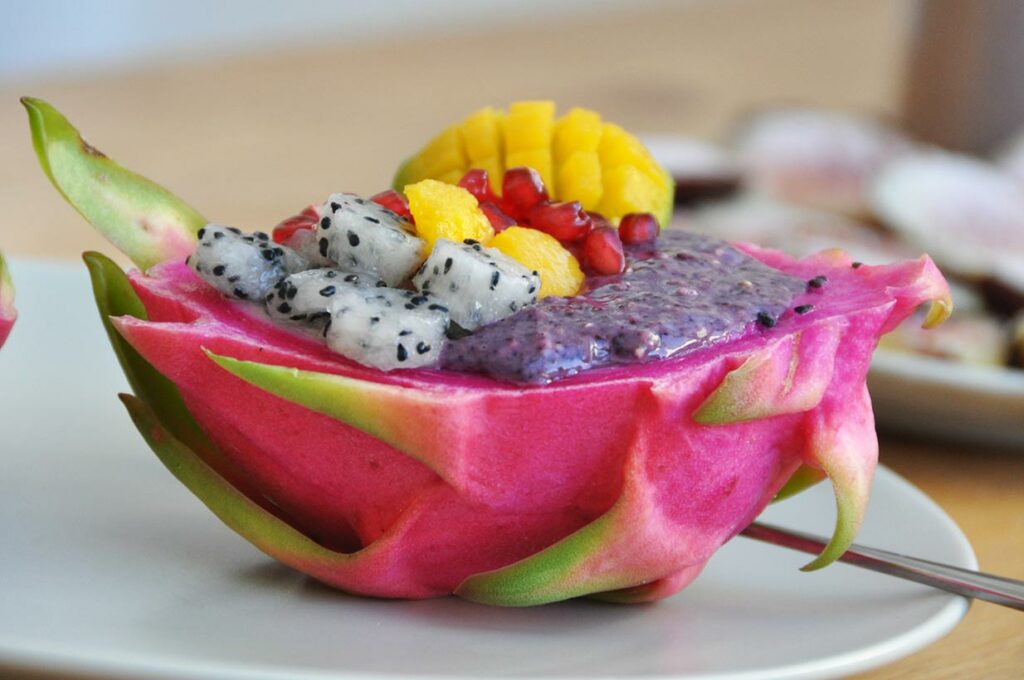
Pitaya is now cultivated in various regions worldwide, including Southeast Asia, the United States, and Australia, to meet the growing demand. The increased availability of pitaya in supermarkets, specialty food stores, and online retailers has contributed to its global recognition as a superfruit, attracting health-conscious consumers seeking natural and nutrient-dense food options.
Pitaya Production: Commercial Farming and Quality Control
What is pitaya’s significance in commercial farming? Commercial farming has expanded as the demand for pitaya grows, offering a lucrative business opportunity for farmers and investors. However, successful pitaya production requires proper management, quality control, and adherence to best practices to ensure that the fruit meets consumers’ high standards.

Pitaya farming necessitates the cultivation of cacti in suitable climatic conditions, with adequate sunlight, temperature, and humidity. Farmers must also implement pest and disease management strategies to protect the crops and ensure high-quality yields.
Moreover, to maintain consumer trust and ensure the product’s safety, pitaya producers must adhere to food safety regulations and obtain relevant certifications, such as organic or fair trade labels, to demonstrate their commitment to sustainable and responsible practices.
What is Pitaya’s Role in Food Processing and Product Development
What is pitaya’s contribution to the food processing industry? With its increasing popularity, pitaya has found its way into various food products, ranging from beverages and snacks to supplements and cosmetics. This expansion presents numerous business opportunities for entrepreneurs, food manufacturers, and researchers to develop innovative pitaya-based products that cater to the health-conscious market.
For instance, you can make pitaya powder by freeze-drying and grinding the fruit and then use it as a natural food coloring or nutritional supplement. Similarly, you can process pitaya into juice, jams, and other food products that benefit from its unique flavor and nutrient profile.
By developing new pitaya-based products, businesses can capitalize on the growing demand for this superfruit while offering consumers exciting and health-promoting options.
Frequently Asked Questions About Pitaya: Addressing Consumer Concerns
Conclusion: Embracing the Power of Pitaya for Health and Wellness
By understanding what is pitaya and its many benefits, consumers can make informed decisions about incorporating this superfruit into their diets. Whether enjoyed as a refreshing snack, a nutrient-packed breakfast, or a colorful dessert, pitaya offers a unique taste experience and an array of health-promoting qualities.
The Versatility of Pitaya: A Fruit for All Tastes
Pitaya’s versatility makes it easy to enjoy various dishes and preparations, satisfying both culinary enthusiasts and health-conscious individuals. With its unique appearance, delightful taste, and impressive nutrient profile, pitaya is a true superfruit worthy of its growing popularity.
What is Pitaya’s Future: A Fruit with Endless Potential
With the rising demand for pitaya, it’s commercial value and global reach are likely to expand, presenting numerous business opportunities for farmers, entrepreneurs, and food manufacturers. By embracing pitaya’s potential, we can all enjoy delicious and nutritious fruit, contributing to a healthier, more sustainable future.
Top 10 Pitaya FAQs
1. What is Pitaya?
Pitaya, also known as dragon fruit, is a tropical fruit native to Central and South America. It belongs to the cactus family and is known for its unique appearance and impressive nutritional benefits.
2. What are the Different Types of Pitaya?
There are three main types of pitaya: white-fleshed pitaya (Hylocereus undatus), red-fleshed pitaya (Hylocereus costaricensis or Hylocereus polyrhizus), and yellow pitaya (Selenicereus megalanthus).
3. What are the Health Benefits of Pitaya?
Pitaya is rich in antioxidants, vitamins, minerals, and dietary fiber, which can support immune function, digestive health, and overall well-being.
4. How Do You Eat Pitaya?
Cut the fruit in half to enjoy fresh pitaya, and scoop out the flesh with a spoon. Alternatively, you can use it in smoothies, breakfast bowls, and desserts.
5. Where Can I Buy Pitaya?
You can easily find pitaya in supermarkets, specialty food stores, and online retailers. They sell it fresh or frozen; it is also available in various processed forms, such as powders and juices.
6. How Do You Store Pitaya?
You can store fresh pitaya at room temperature for a few days or in the refrigerator for up to two weeks. Keep frozen pitaya in the freezer and use it within several months for optimal quality.
7. Is Pitaya Safe for People with Allergies?
Pitaya is generally considered safe for most people, including those with common food allergies. However, it’s best to consult your healthcare professional before consuming pitaya if you have a specific allergy or sensitivity.
8. Can I Grow Pitaya at Home?
Indeed, if you live in a suitable climate with adequate sunlight, temperature, and humidity, you can grow pitaya at home. To thrive, however, it requires specific care and attention, such as proper watering and pest management.
9. Is Pitaya Suitable for a Vegan or Vegetarian Diet?
Yes, pitaya is a plant-based food suitable for vegan and vegetarian diets.
10. How Can I Incorporate Pitaya into My Daily Meals?
Pitaya can be added to smoothies, breakfast bowls, salads, or desserts. Its mild taste and soft texture make it a versatile ingredient for various dishes.

